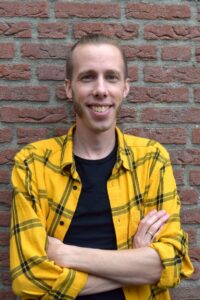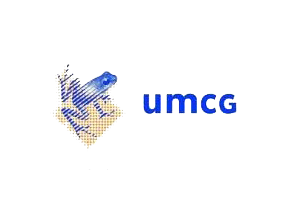News
Newly appointed assistant professor Roy Hessels

Roy Hessels
CID and I go back a long way. In early 2013, I started working in the group of Chantal Kemner on my dissertation, which I successfully defended cum laude in July 2017. Two topics featured prominently in my thesis, both of which are now wholly integrated in the YOUth cohort study.
First, I validated eye trackers – used to measure looking behaviour – for use with young children and developed analysis tools suited to the characteristics of infant eye-tracking data. These studies formed the basis for the choice of the eye trackers and analysis tools now used in the YOUth cohort study.
Second, I developed and validated a dual eye-tracking setup for studying looking behaviour during face-to-face interaction. My colleagues and I have since shown that looking behaviour during interaction depends on the social context and that gaze patterns during interaction relate to traits of autism spectrum disorder and social anxiety disorder. This dual eye-tracking setup is currently used in a YOUth add-on study to investigate speech and looking behaviour during face-to-face conversations between parents and their 9-year-old children.
Since my postdoc period, I have acted as the head of the eye-tracking domain in YOUth, implementing many of my analysis methods for the eye-tracking experiments conducted within YOUth.
As might be evident by now, I am a big fan of eye trackers. I use these to study the role of looking behaviour in human interaction in various contexts, including face-to-face conversation, parent-child interaction, and interactions in human crowds. My broader scientific interests include visual perception, visually-guided action, applied cognitive psychology, experimental phenomenology, and the philosophy of science. Most of all, I am thrilled to be able to teach future academics and applied researchers on these topics again.
